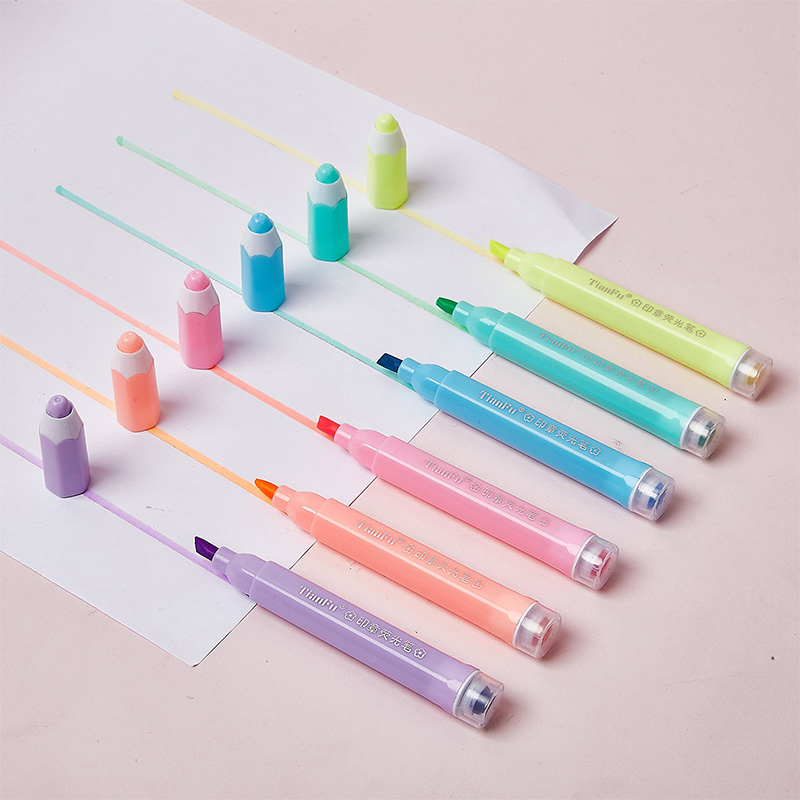Watercolor pens have steadily transformed the landscape of modern artistry by combining the classic fluidity of watercolor painting with the convenience and precision of pen-based tools. Offering artists an innovative way to create vibrant, textured works without the traditional setup of brushes, palettes, and water jars, these pens are rapidly gaining popularity across diverse creative communities.
The Rise of Watercolor Pens in Contemporary Art
Watercolor painting has long been admired for its delicate blending, translucent washes, and organic spontaneity. However, the traditional medium can be daunting due to its steep learning curve and the need for extensive preparation and cleanup. Watercolor pens, introduced as a fusion of marker technology and watercolor pigments, provide a practical alternative—preserving the aesthetic qualities of watercolor while simplifying the artistic process.
Artists appreciate the portability and immediacy of watercolor pens. Whether sketching en plein air, illustrating in a studio, or adding quick washes to mixed-media projects, watercolor pens enable vibrant color application with minimal fuss. The pen-like design, often ergonomic and lightweight, allows for comfortable handling during extended creative sessions.
Design and Functionality: Balancing Precision and Fluidity
At the heart of every watercolor pen is a meticulously engineered nib that delivers smooth, consistent ink flow. These nibs are usually flexible and fine enough to facilitate detailed line work, yet robust enough to support broader washes when pressed firmly or layered. The water-based inks used in these pens replicate the look of traditional watercolor paints, offering rich pigment dispersion and beautiful blending on paper.
Pen bodies are crafted from durable, high-quality materials such as reinforced plastic or lightweight aluminum alloys, designed to withstand frequent use without compromising comfort. Many manufacturers incorporate ergonomic features like textured grips and balanced weight distribution to reduce hand fatigue.
Innovations in ink chemistry have further enhanced performance, introducing lightfast, non-toxic, and quick-drying formulas that resist bleeding and fading. This technical sophistication ensures artworks retain their vibrancy and longevity.

Expanding Applications Beyond Traditional Art
While watercolor pens are favored by painters and illustrators, their applications extend well beyond traditional artistry. Designers use them for creating concept sketches and color studies that require speed and precision. Calligraphers are experimenting with these pens to add dynamic color gradients and texture to lettering.
In educational settings, watercolor pens offer students a hands-on way to explore color theory and creative expression without the mess associated with liquid paints. Their ease of use makes them ideal for classrooms, art therapy, and workshops focusing on artistic skill-building.
Craft enthusiasts also find watercolor pens invaluable for embellishing cards, scrapbooks, and DIY projects. The ability to layer and blend colors directly on paper opens new avenues for creative experimentation.
Market Growth and Consumer Trends
According to the 2025 Creative Supplies Market Report by ArtWorld Analytics, the watercolor pen segment has experienced a compound annual growth rate (CAGR) of 7.3% over the past five years. This growth is driven by rising interest in portable and multifunctional art supplies among hobbyists and professionals alike.
Consumers increasingly prioritize products that combine quality, sustainability, and innovation. Watercolor pens made with environmentally friendly materials and refillable ink systems are attracting eco-conscious buyers. Limited edition collections featuring artist collaborations or unique color palettes are also popular for collectors and gift-givers.
Online platforms and social media have played a crucial role in popularizing watercolor pens, with tutorials and demonstrations showcasing their versatility and inspiring new users.
Challenges and Industry Response
Despite their popularity, watercolor pens face challenges typical of niche art supplies. Price points can be higher than conventional markers or pencils, limiting accessibility for some consumers. Additionally, the delicate nature of watercolor inks requires proper storage and handling to prevent drying out or clogging.
The industry has responded by improving pen design, introducing protective caps with moisture retention features, and offering value sets to encourage trial among beginners.
Brands are also investing in education and community-building initiatives, such as workshops, online courses, and interactive forums that foster user engagement and skill development.